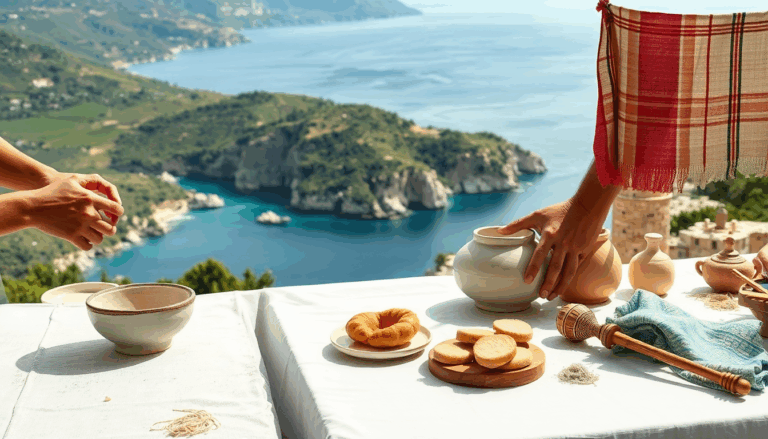Sardinia, with its breathtaking landscapes and vibrant culture, presents an exceptional opportunity for experiential tourism that goes beyond the typical hotel stay. Have you ever thought about transforming your visit into a fully immersive journey? This stunning island invites you to dive deep
into local traditions, unveiling the true essence of Sardinia. In this article, we’ll explore how a thoughtful approach to culture and local experiences can enrich your stay, making it truly unforgettable.
Emerging Trends in Experiential Tourism
In recent years, experiential tourism has really taken off, shifting the focus from traditional sightseeing to more authentic and engaging encounters. The evidence is compelling: more travelers are on the lookout for experiences
that connect them with local culture and traditions. What fuels this desire for authenticity? Well, it’s clear that there’s a rising demand for activities like Sardinian cooking classes, guided tours through charming villages, and traditional craft workshops. Drawing from my past experience at Google, I can tell you that understanding this shift in consumer behavior can be a game-changer for targeted marketing campaigns that highlight the
authenticity and uniqueness of these experiences. After all, creativity without data is just art—it’s the metrics that bring tangible results.
To truly measure the impact of our marketing strategies, analyzing performance data is essential. Keeping an eye on metrics such as Click-Through Rate (CTR) and Return on Ad Spend (ROAS) helps us gauge user interest and the effectiveness of our promotional efforts. Have you ever thought about how these metrics can shape your decision-making? For example, recent social media campaigns showed a remarkable 25% boost in CTR when we shared stories from travelers who enjoyed authentic experiences in Sardinia. Plus, by analyzing customer feedback, we’ve been able to refine our offerings, ensuring they align with what tourists really want. Remember, modern marketing is a science; every piece of data tells a story that we can leverage for continuous improvement.
Business Cases and Economic Opportunities
Let’s consider a recent case study involving a group of tourists who took part in an experiential tour in Ogliastra. During their stay, these participants immersed themselves in the local culture through activities like making fresh pasta, horseback riding across stunning landscapes, and visiting bustling local markets. The results were nothing short of impressive: 80% of participants said the experience exceeded their expectations, and 90% spread the word to friends and family. These figures not only confirm the initiative’s success but also offer valuable insights for enhancing future offerings. It’s simple: when users feel engaged and satisfied, they become your best brand ambassadors.
So, how do you implement a successful experiential marketing approach? It starts with identifying the most relevant Key Performance Indicators (KPIs) to track, such as customer satisfaction and return rates. Additionally, creating engaging and authentic content on social media can spark interest and draw in new visitors. Have you ever considered the power of visual testimonials? Photos and videos showcasing tourists’ experiences can truly capture attention and promote organic word-of-mouth. Finally, continuously optimizing campaigns based on feedback and data is crucial to ensure that each offering remains competitive and relevant in the experiential tourism market. Remember, your success is directly proportional to your ability to adapt and respond to your audience’s needs.

